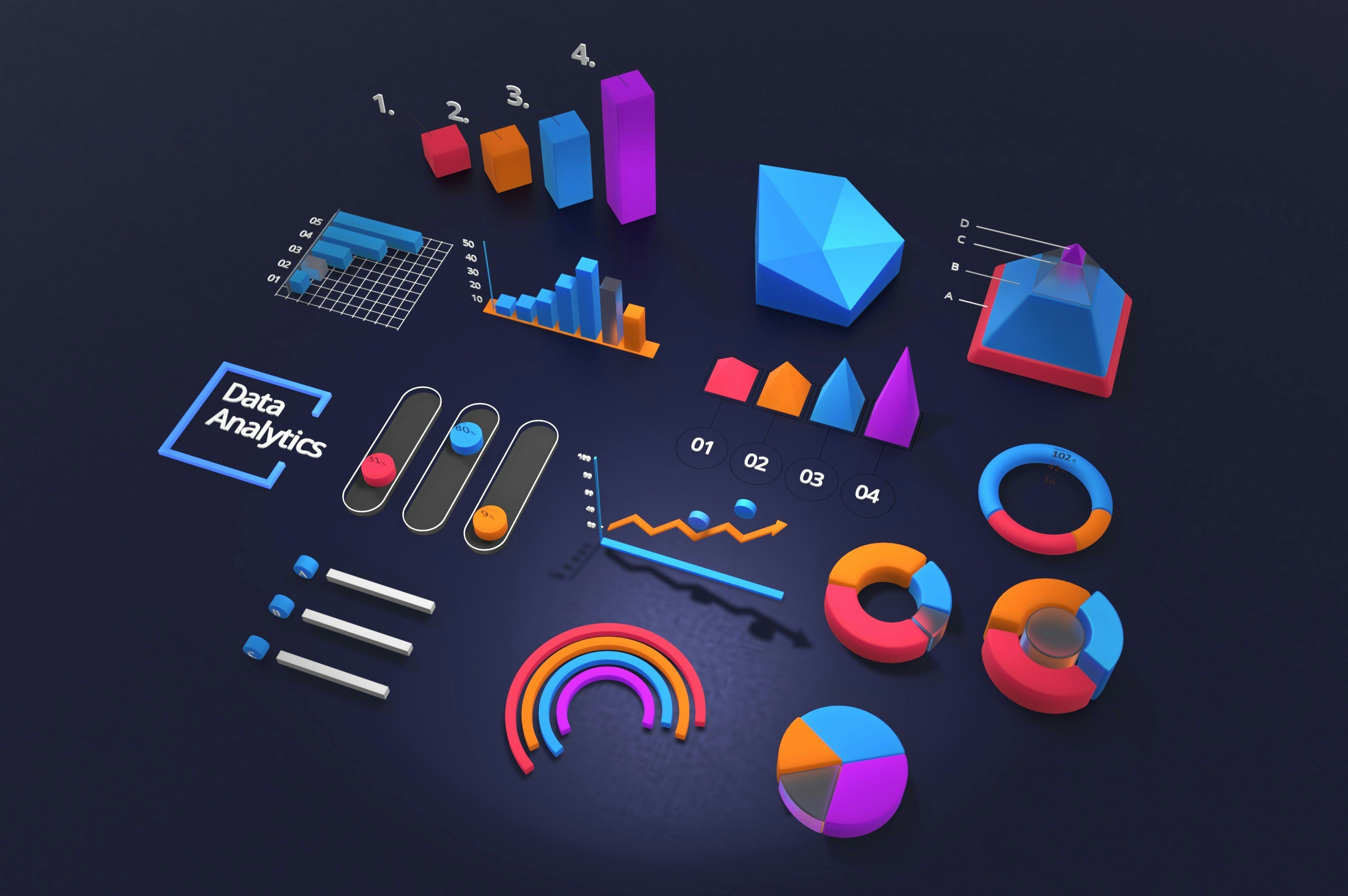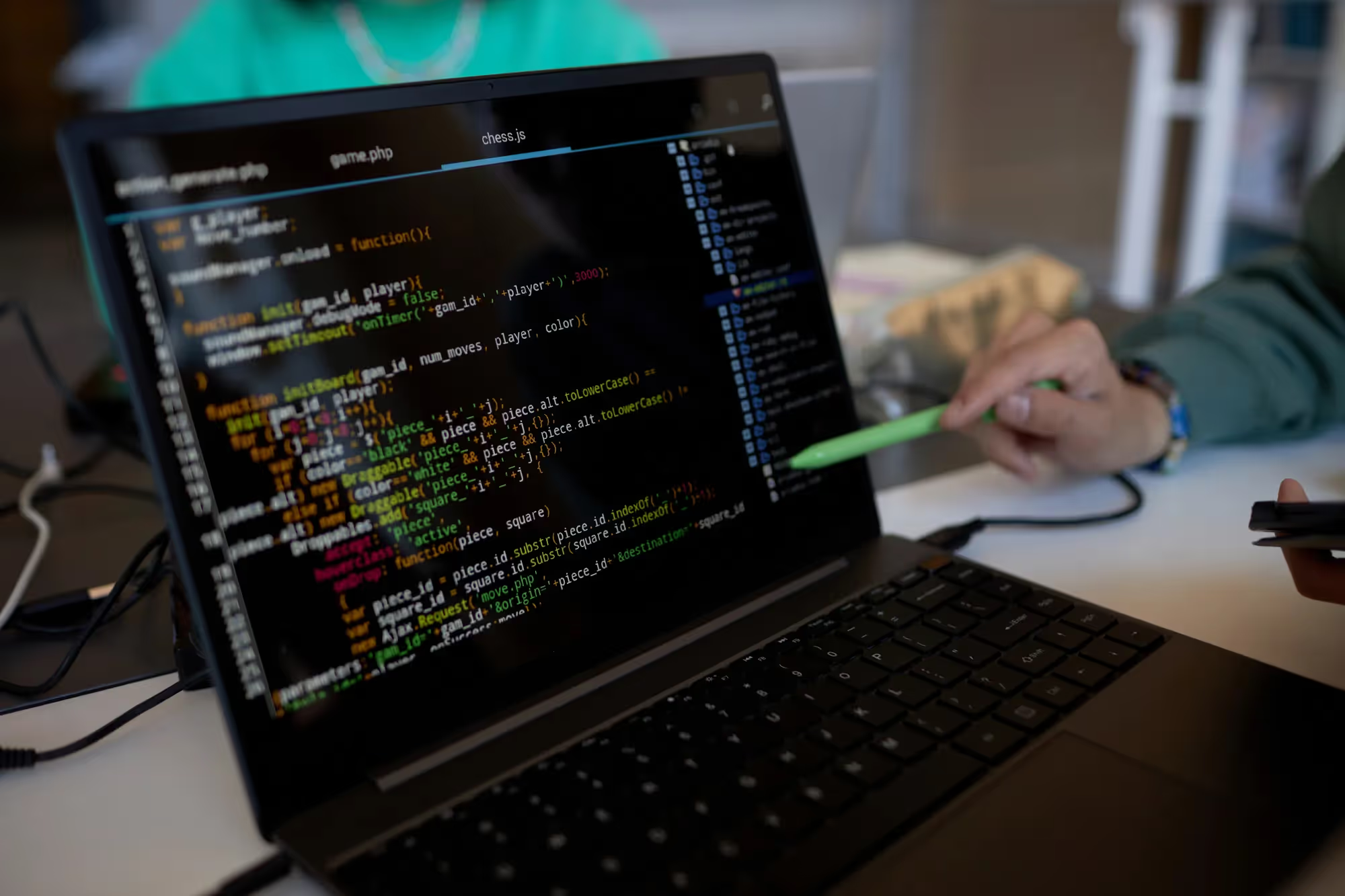The Impact of Artificial Intelligence on Athletic Performance
In the realm of sports, excellence is key for victory to be attained successfully. In the domain of athletics, performance optimization stands as a pivotal factor. With the rise of AI innovation, teams are equipped with resources capable of enriching their training methodologies, strategical approaches, and overall performance during competitive matches. AI possesses the capacity to sift through data reserves, unveiling perspectives that were once out of reach for human comprehension. This cutting-edge technology empowers coaches to customize training regimes catering to the specific needs of each athlete, thus amplifying both productivity and effectiveness.
Easy.bi states that AI algorithms have the capability to analyze information gathered from gadgets and video recordings, along with channels to offer instant feedbacks which can then be utilized for modifying training routines and recognizing areas of improvement while monitoring advancement across time periods. A melding of AI with sports is not merely a passing fad but a groundbreaking strategy presenting an advantage in competitiveness.
When using AI technology in sports settings, it's crucial to be cautious and mindful of data privacy and accuracy to maintain trust with athletes and stakeholders. Transparency is key in AI projects to uphold confidence within the community. When used responsibly, AI has the potential to enhance performance and efficiency for sports organizations.
Data Analysis in Sports Strategy
Data analysis is crucial in shaping strategies for sports teams as it allows for the examination of player performance data to spot trends and patterns that guide decision-making processes effectively. This analytical approach based on data aids in creating tactics that enhance strengths and mitigate weaknesses within the team structure. Teams can gain an edge by using analytics to forecast opponent behavior and adapt strategies accordingly. In sports scenarios, effectively integrating these findings into game strategies can offer a strategic advantage. In addition, data analytics are employed for preventing injuries by utilizing predictive models to recognize potential risks and recommend precautionary actions for mitigation purposes.
To make use of data analytics in a team setting requires investing in infrastructure and knowledgeable personnel. This involves recruiting analysts and ensuring incorporation of analytics tools into current systems. Through these efforts, teams can guarantee that strategies informed by data result in enhancements in performance. Learn more about how data analytics solutions can revolutionize the sports industry.
Integrating AI into Custom Workflows
Integrating intelligence into tailored workflows enables sports teams to automate tasks and concentrate on strategic priorities effectively used by coaches and analysts alike. Relevant duties AI can manage include video analysis, player performance monitoring, and game strategy modifications, enabling the professionals to use their time. One major advantage of incorporating AI is the capability to swiftly and accurately handle data sets. This empowers teams to make informed decisions using up-to-the-minute information. AI-generated insights can be smoothly incorporated into operations to keep teams responsive.
Integrating AI successfully necessitates planning and execution efforts from teams to pinpoint the value-adding potential of AI and create an implementation roadmap. Collaborating effectively among IT experts, coaches, and analysts is vital in ensuring that AI solutions align with team goals and elevate performance levels.
Building AI Assistants with Python
Python stands out as a favored choice in the world of programming for creating AI assistants thanks to its user nature and adaptability. When it comes to sports teams, Python offers a tool for crafting tailored AI solutions that tackle requirements and obstacles. Teams can develop AI assistants with Python to examine player performance data and offer training suggestions as strategic advice tailored to each athlete for personalized support and direction.
Building successful AI assistants requires organizations to invest in training and professional growth opportunities for their team members. This involves offering support for mastering Python and grasping AI principles. By cultivating internal AI knowledge and skills, teams can develop pioneering solutions that enhance performance and competitive edge.
Project Management Methods in Sports
Effective management of projects plays a role in integrating artificial intelligence and technology into the realm of sports activities nowadays. It is by embracing project management techniques that teams can guarantee the cost-effective execution of their projects. Agile approaches work great for sports squads since they focus heavily on adaptability and teamwork to enhance performance continually throughout projects despite any shifts in circumstances or objectives.
Project management includes communication and engaging with stakeholders to ensure transparency within projects. By promoting openness in project tasks, teams can establish trust. Make sure all involved parties are well informed and engaged. This cooperative method results in results and cultivates a robust team dynamic.
Performance Measurement in Sports
Performance evaluation plays a role in sports management as it helps teams monitor their progress and pinpoint areas needing enhancement through defined metrics. Assessing performance offers insights into the efficacy of training programs and strategies implemented by teams. Setting smart goals is a way to outline performance targets effectively by ensuring they are Specific, Measurable, Achievable, Relevant, Time-bound. Teams can develop a roadmap for success through this approach. Regular performance evaluations play a role in tracking progress, making any needed tweaks along the way.
Technology is crucial in assessing performance as it offers tools to collect and analyze data effectively and efficiently. Wearable gadgets along with video analysis and insights powered by intelligence (AI) provide an in-depth perspective on performance. This allows teams to base their decisions on data and improve results significantly.
Business Continuity Management in Sports
Ensuring business continuity is essential for sports teams to maintain operations and resilience when faced with obstacles requiring the creation of plans to handle disruptions and uphold performance standards. Business continuity can be enhanced with the help of AI and technology, through insights and automation tools in place to anticipate disruptions and recommend strategies to mitigate risks effectively so that teams are well prepared for any unforeseen circumstances that may arise.
To enhance business continuity management effectively, teams must regularly assess risks and create contingency plans. By tackling obstacles in advance, teams can maintain resilient performance and operations.
How to Create a GPT-Powered Chatbot to Enhance Interaction with Fans
Engaging with fans plays a role in sports management. Utilizing GPT-powered chatbots presents a cutting-edge approach to this task. The chatbots are designed to engage with fans by offering information updates and tailored experiences. When developing a chatbot powered by GPT technology, teams must utilize AI advancements and natural language processing. Through training the chatbot using information, teams can guarantee it delivers captivating responses to fan queries.
Implementing a chatbot successfully involves teamwork between IT experts and marketing departments. They can improve fan loyalty and satisfaction by integrating chatbot features with fan engagement strategies to create an engaging experience.
RAG Architecture for Enterprise Search
The system known as RAG (Red Amber Green) is a framework for conducting searches within the realm of sports in the business world. Through the classification of information into critical (red), amber (moderate), and green (priority), sports teams can efficiently organize and assign importance to various data sets to enhance their decision-making processes. This design helps in the retrieval and analysis of data by allowing teams to promptly access information. By utilizing the RAG design, teams can improve their decision-making processes and develop strategies effectively.
To effectively apply the RAG framework in a workplace setting requires teams to acquire technology and expertise. The process involves choosing the search tools and educating employees on data management practices. Enhancing enterprise search capabilities can lead to increased productivity and operational effectiveness.
Conclusion
The merging of AI and technology within sports presents remarkable chances for improving performance levels. By using data analysis techniques alongside AI integration and effective project management strategies, teams can boost their training programs, enhance approaches, and increase fan interaction. The adoption of Python for AI advancement, chatbots powered by GPT, and the utilization of RAG architecture for enterprise search exhibit the transformative capabilities that technology brings to the world of sports.
Sports teams have the opportunity to reach success and competitiveness by adopting these advancements responsibly in their operations and strategies while prioritizing transparency and collaboration to ensure alignment with team objectives and principles. Utilizing AI and technology thoughtfully and strategically enables sports teams to unleash their capabilities and elevate their performance to new levels.

_result.avif)










